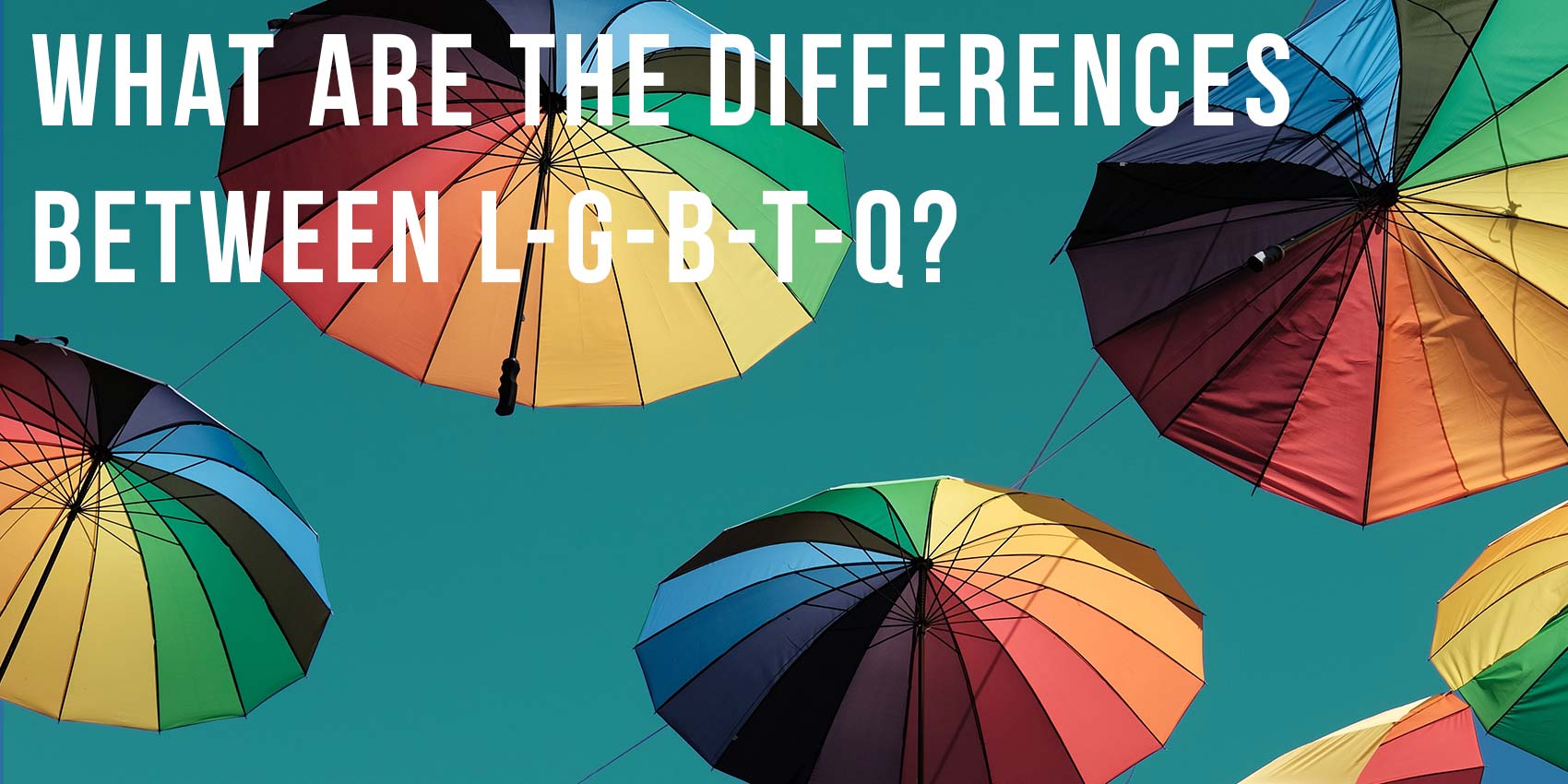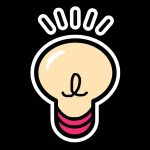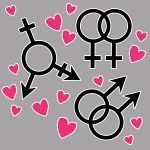07 Feb What are the differences between L-G-B-T-Q?

LGBTQ stands for Lesbian, Gay, Bisexual,Transgender and Queer &/or Questioning. These names/labels refer to:
- A person’s sexual orientation – which gender a person is attracted to.
- A person’s own sense of gender identity – which gender a person believes him/herself to be. (To read about gender identity specifically, click here.)
Let’s look at each term and a few others:
Heterosexual (Straight): A person who is sexually attracted to people of the opposite sex: if you are male, you are attracted to females. If you are female you are attracted to males. The majority of people identify with being heterosexual, however, a majority does not mean this is the “right” way to be. For example, the majority of people are right handed. Being left handed or ambidextrous is fine too!
Homosexual: A person who is sexually attracted to the same sex: if you are male, you are attracted to males. If you are female, you are attracted to females. Estimates range that from 2-20% of people are homosexual. The statistics are hard to gather, in part, because homosexuality is not accepted by many cultures and religions and thus, many people are reluctant to report being homosexual.
Lesbian: A lesbian is a female who is sexually attracted to other females. In other words, a lesbian is a homosexual female.
Gay: This term is a short hand expression for being homosexual. It can refer to either males or females who are homosexual. In the LGBTQ expression, it represents homosexual males, but gay can refer to female homosexuals as well.
Bisexual (Bi): A bisexual person is attracted to both males and females.
Transgender: A transgender person has been born as one gender, but identifies his/her self with being the opposite gender. A transgender person often feels a conflict between their internal sense of gender and their biological sex at birth. This feeling usually presents itself early in life during childhood and adolescent years. it is estimated that .3 percent of the population is transgender (Source: The Week, Oct. 4, 2013) To read more about gender identity, click here.

DID YOU KNOW? In Native American culture people who wished to live as the opposite gender from how they were born were called “two spirits.” They were fully accepted by the community and seen as having a special role.
(Source: The Week, Oct. 4, 2013)
The “Q” in “LGBTQ” can stand for either “queer” or “questioning.”
Queer: People who identify themselves as queer feel that the traditional gender and sexual identity roles are oppressive and thus, they prefers to use queer as an “umbrella” term that identifies them as someone other than heterosexual.
Questioning: People who identify themselves as “questioning” are still trying to figure out their sexual orientation and/or their gender identity. Many young teens may feel this way as their sexual identities are just beginning to emerge and are not fully known.




WLKHS 1409
Posted at 14:18h, 11 DecemberMy sexual orientation i strongly identify is straight, i have always felt this way
WLKHS1406
Posted at 14:10h, 08 NovemberI most strongly identify with “bisexual” because I have felt attracted to females before. I have not always felt this way, but I have been feeling this way for the past few years.